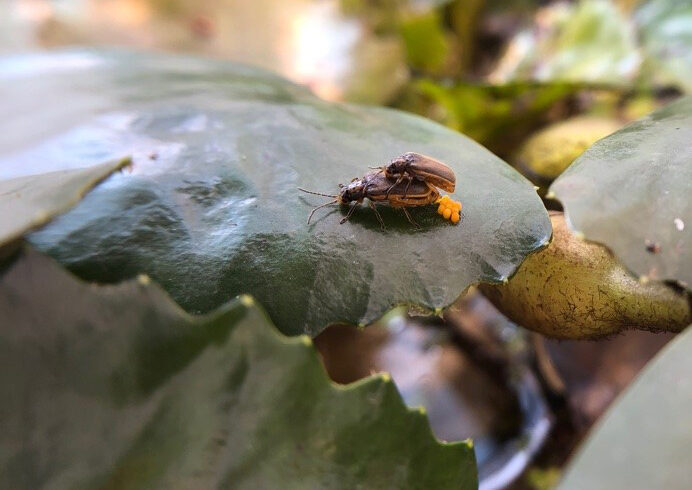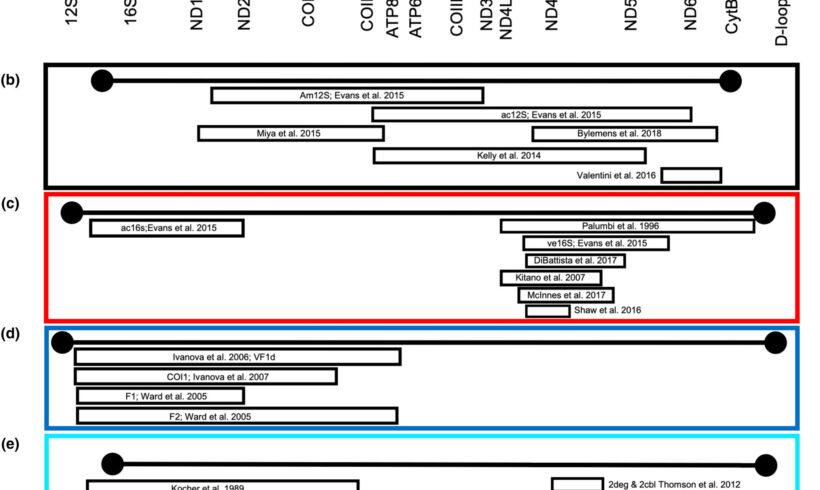Torres et al. investigate what happens when you remove invasive plant species, and how timing of removal activities impacts plant communities.

New York Invasive Species Research Institute
Archive for category: Research Summaries
Getting to the (Data) Point
Fusco et al. (2023) summarize what spatial invasive plant data is available in the United States and how it can be used.
Embracing change in policy with a changing climate
Bradley et al. (2023) lay out ideas for better integration of invasive species and climate change policies and practices
Who’s in the driver seat? Reducing stressors not invaders may advance restoration
New research questions our assumptions about invasive plants as the primary drivers of ecological degradation. Restoration success may be limited by interactions of different stressors.
Promising but atypical: New evidence on water chestnut biocontrol host choice and feeding
In addition to documenting a departure from predictions in host-specificity testing, Simmons and Blossey present new evidence on the potential impacts and safety of water chestnut biological control.
Building more equitable and inclusive practice
This article reflects on how we can reframe our thinking and work to support equitable, inclusive, and just conservation science and practice.
Time, patience, and biodiversity: a recipe for biotic resistance?
This article explores a case study of biotic resistance, where over time native species may limit the invasion of other species. A native herbivore learns to consume an invasive alga in less than a decade.
Integrating EDRR surveillance with eDNA metabarcoding
How complete are current eDNA reference libraries for the Laurentian Great Lakes region? Can we confidently integrate invasive species detection with biodiversity sampling?
Missed signals: Invasive species noise disrupts native species communication
Invasive species vocalizations may be a significant avenue for competition among species. This thought-provoking article gives a glimpse into the potential effects of invasive species disrupting a soundscape.
Peering into predictors at the spongy moth invasion front
Shifting temperature regimes can influence the suitability and spread of invasive insects, including spongy moth. How can secondary host plant connectivity support its expansion across the U.S.?










